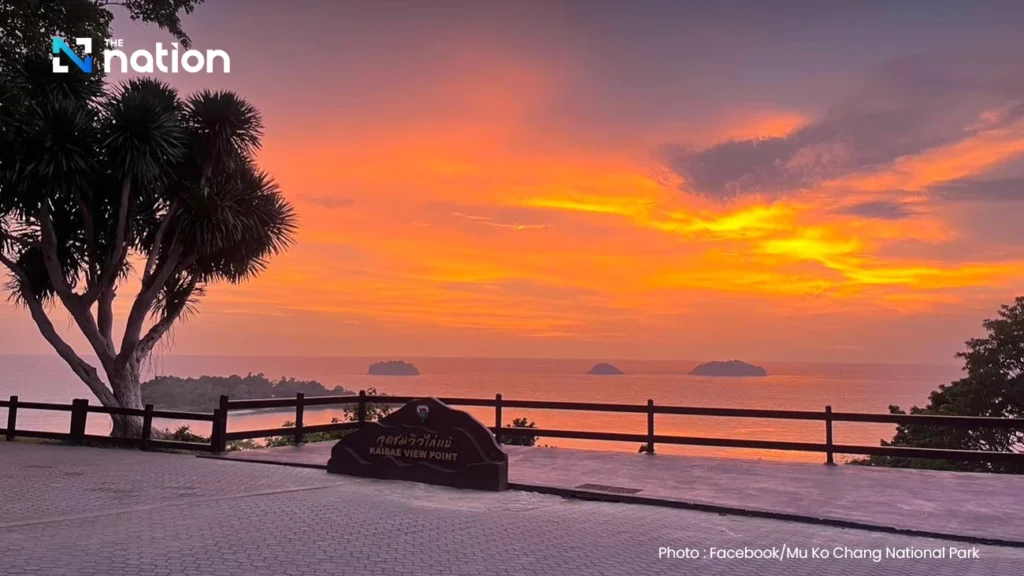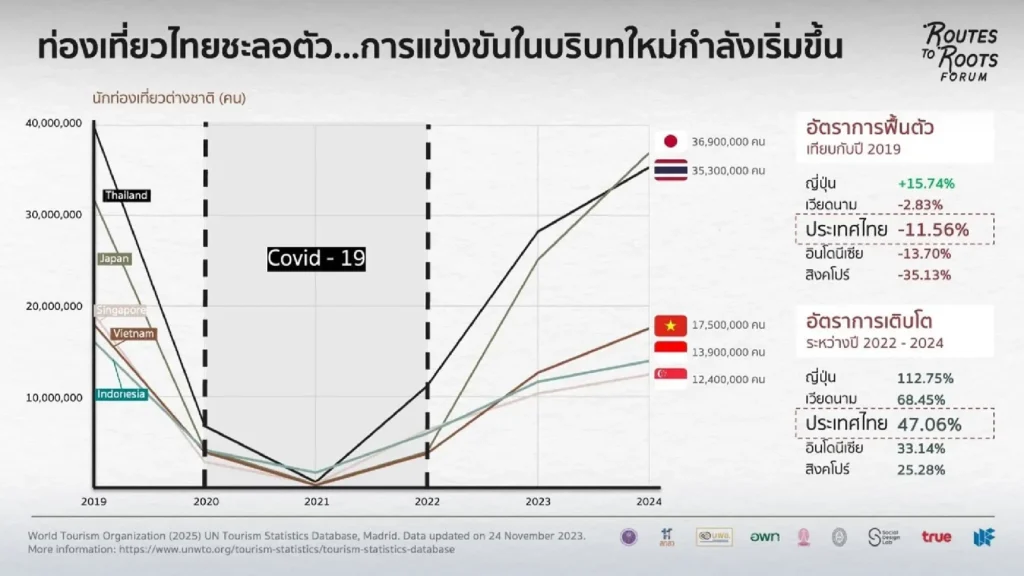
- Thailand has launched the “Routes to Roots” initiative, a collaboration between its government, True Corporation, and academic partners, to revitalize its tourism industry.
- The program analyzes mobility data from over 500 million mobile phone records to identify and develop 21 high-potential tourism clusters in lesser-known areas.
- The initiative aims to address Thailand’s lagging tourism recovery by launching curated experiences, starting with six themed routes focused on culture, food, and nature.
Thailand is deploying cutting-edge mobility data analysis to breathe new life into its struggling tourism sector, launching an ambitious cluster tourism initiative that aims to transform lesser-known destinations into compelling travel hotspots.
The Ministry of Higher Education, Science, Research and Innovation, working alongside True Corporation and academic partners, unveiled the “Routes to Roots” programme on Wednesday, which leverages data from over 500 million mobile phone travel records to identify high-potential tourism clusters across the kingdom.
The initiative comes as Thailand grapples with tourism challenges in an increasingly competitive Asian market.
Whilst regional rivals Japan and Vietnam have seen tourism growth of 112% and 68% respectively compared to pre-pandemic levels, Thailand’s recovery remains 12% below 2019 figures, with the sector’s contribution to GDP falling from 19% to 14%.

“Research and innovation are at the heart of driving the nation forward,” said Prof Dr Komgrit Leksakul, Deputy Executive Director of the Office of National Higher Education Science Research and Innovation Policy Council. “Insights from the Routes to Roots initiative demonstrate how structured analysis of big data can offer new perspectives for policymaking.”
The mobility data analysis has identified 21 high-potential travel routes that could be developed into cluster-based tourism experiences, including combinations such as Chiang Mai–Lampang–Lamphun and Nakhon Pathom–Ratchaburi–Kanchanaburi.
Each cluster must meet five key criteria: popular attractions that define unique identity, distinct tourist segments, defined city roles, tourism impact considerations, and scalability to new areas.
True Corporation’s Chief Digital Officer Ekaraj Panjavinin emphasised that mobility data “opens up opportunities to enhance the travel experience in multiple dimensions from improving mobility and managing crowd density at tourist sites to supporting emergency preparedness.”
The first phase launches six curated cultural routes, each designed to showcase Thailand’s heritage through different lenses.
These include a Food Route exploring Chanthaburi and Trat’s culinary traditions, featuring unique local ingredients such as cardamom, wild ginger, and cassumunar ginger used in traditional dishes like Kway Teow Moo Liang and Chanthaburi Crab Noodles.
A Volcano Route traverses Buriram, Surin, and Sisaket’s geological and cultural landscape, offering an unparalleled cultural mosaic with the highest concentration of volcanoes, Khmer stone castles, and silk weaving communities.
The Lanna Culture Route immerses visitors in the ancient civilisation across Chiang Mai, Lamphun, and Lampang, showcasing architectural treasures and cuisine rooted in over a thousand years of cultural exchange.
Additional routes include the Flavour Route through Samut Sakhon, Samut Songkhram, Phetchaburi, and Prachuap Khiri Khan, uncovering the origins of iconic Thai ingredients such as seafood, salt, and palm sugar.
The Nature Route explores the serene landscapes of Nakhon Si Thammarat and Phatthalung, whilst the River Route experiences the water-linked cultural heritage of Suphan Buri, Uthai Thani, and Chai Nat.
Source: The Nation
